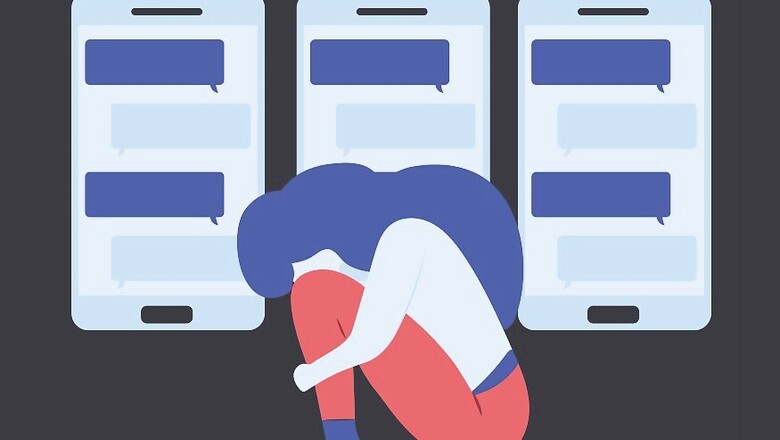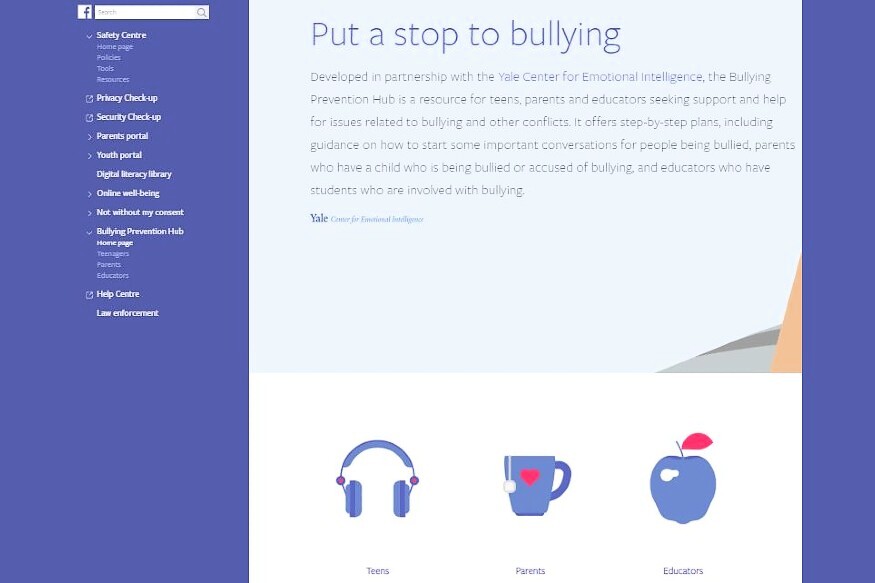
views
Over the past one week, two separate instances of ‘chat rooms’ on Instagram have sparked off numerous debates about the issue of internet usage among children, adolescents and teenagers. This has further raised the question of who is to be held accountable — should the kids be directly held responsible for their actions, or should the parents be blamed? Should the social media platforms be actively doing more, or should the government establish more stringent laws and make legal procedures more accessible for all? On this note, what also comes to light is India’s existing legal infrastructure, and the aspect of mental health that is being impacted by kids being predominantly online.
Why the bullying?
This can be compared with gambling — where you do something, and then you expect rewards which do not come consistently, and are largely unpredictable.
It is this effect that may be one of the key causing factors behind acts such as these ‘locker room’ chats, and a skewed sense of reality among juveniles. “Social media is a communication medium, where all exchanges are instantaneous,” adds Srivastava. “In humans, when they see a new message, it sparks certain expectations, and reactions in the human brain give us a kick. At a stretch, this can be compared with gambling — where you do something, and then you expect rewards which do not come consistently, and are largely unpredictable. This makes it easier for individuals to get hooked on to.”
Social media provisions

For acts of bullying via direct messages, Facebook enables individuals to report profiles and support claims through screenshots. It also has a fully featured ‘Bullying Prevention Hub’ in partnership with the Yale Centre for Emotional Intelligence, which offers directed support for teenagers, parents and educators. While the feature set is comprehensive, Facebook can likely do more by putting these resources at a more accessible place for mainstream users. This might help more users report acts of bullying more frequently as well.
Exposure and accountability
Srivastava believes that acts such as these ‘locker room’ chats are, in effect, an extension of the content they consume on the internet. “When the content a kid consumes is fundamentally ‘bad’, this can have proportionately worse consequences. When we talk about these chat rooms, the first aspect is the exposure to a far wider world on the internet, which is much bigger than the immediate physical world. This can lead to exposure to many uncontrolled things,” says Srivastava.
Legal awareness
N.S. Nappinai, lawyer at the Supreme Court of India and founder of Cyber Saathi, believes that this is exactly why it is important to increase awareness that every action online can also have far-reaching legal ramifications. She says, “For cyber bullying, most people prohibit individuals from making a “big issue” about it, making suggestions such as “why make a big thing about it?”, “it will die out automatically”, etc. Today, cyber bullying has become an issue for the common man, and anyone can be victims of it — even from a very basic tweet. Even that has a legal remedy, against the common perception of whether cyber bullying is even legally punishable or not.”
We must also look at children as the perpetrators, over and above conversations about children being bullied. We must not establish that children are not legally liable.
While India did have a fully codified law with regards to cyber bullying, under Section 66A of the Information Technology Act, 2000, the same has been struck down by virtue of misuse in many cases. However, Nappinai explains that this does not mean that there is no legal recourse to cyber bullying, and provisions such as Section 67 of the IT Act, 2000 is one of the key ways to address such grievances. The section represents “punishment for publishing or transmitting obscene material in electronic form”.
Other provisions, such as Sections 354 (outraging the modesty of a woman) and 507 (criminal intimidation by anonymous communication) are other such laws in the Indian Penal Code which can also apply to acts and cases of cyber bullying. In cases of underage offence, such as in these ‘locker room’ chats, Nappinai further states that even the Juvenile Justice Act comes into play, and the extent of their legal impact can vary between cases. On a personal front, Nappinai also runs an initiative called Cyber Saathi, which aims to make such legal provisions more approachable for common people, and also ensure that victims do not resort to “self flagellation” as a by-effect of online bullying.
Given that children are certain to use the internet and social media platforms more extensively, Nappinai states that the first thing to do is instill a sense of legal responsibility among them. She says, “With the locker room cases, we must also look at children as the perpetrators, over and above conversations about children being bullied. We must not establish that children are not legally liable, and such accountability would go a long way to improve these situations. At the same time, parents must also be compelled to be more educated about these things, and should not be allowed to get away with not knowing about what happened.”




















Comments
0 comment